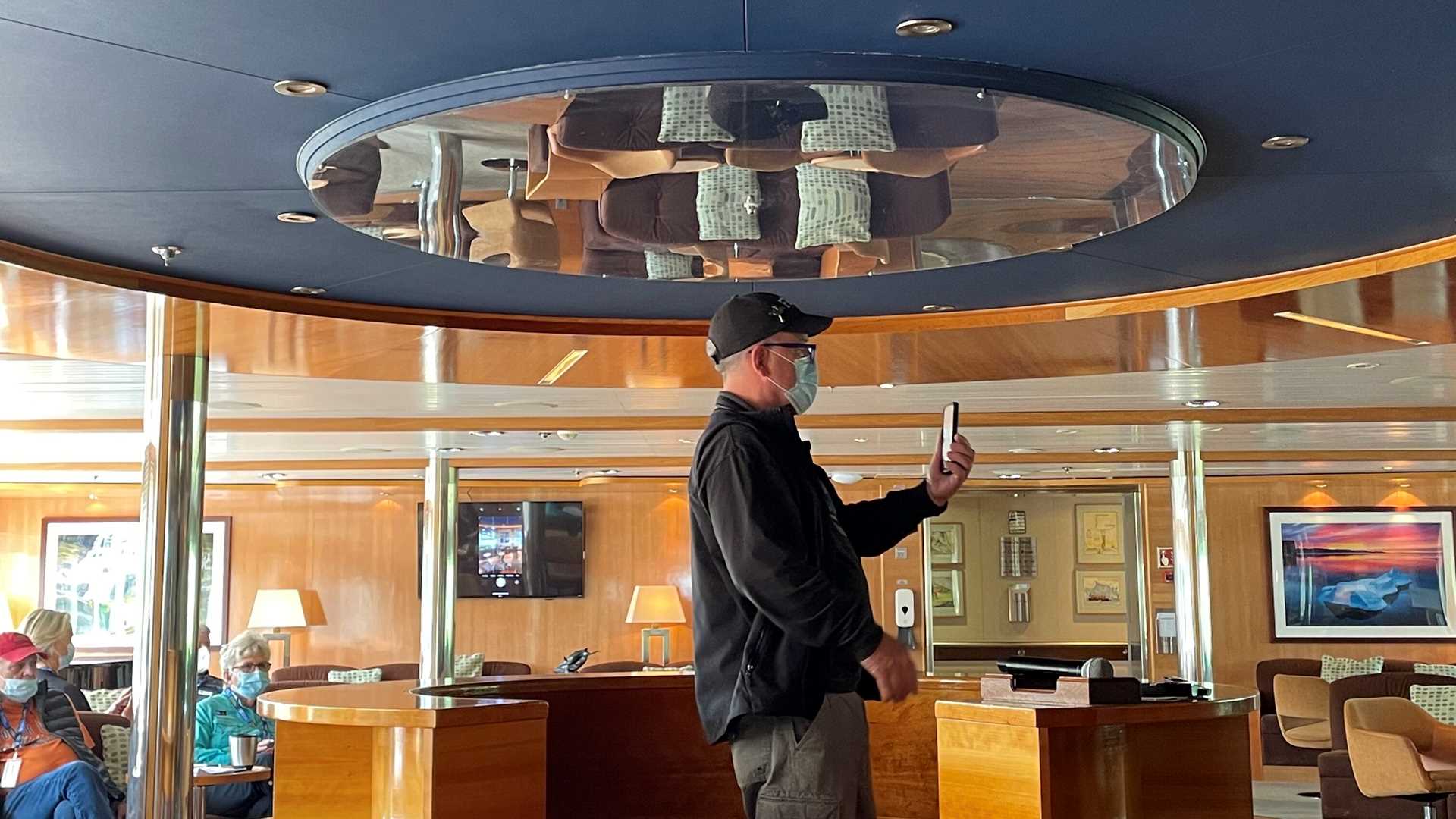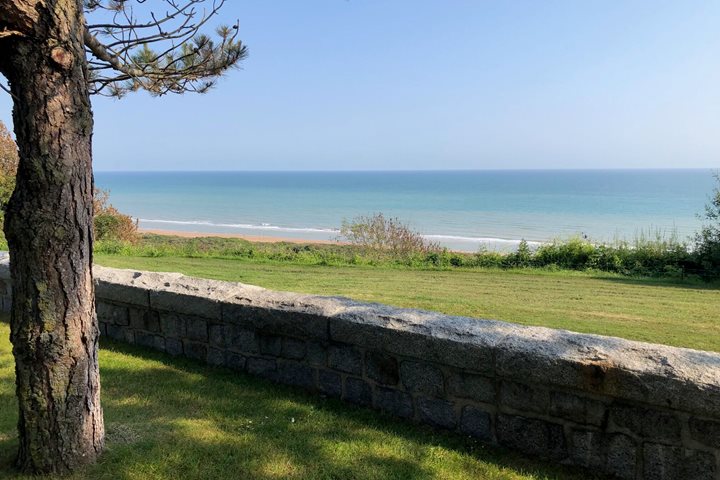Have you ever taken a photo with your phone? If you have, then you have participated in the most recent evolution of photographic technology. Almost 200 years ago, Joseph Niépce created the first recorded photographic image in France, one of the countries on our expedition itinerary. Around 1826, Niépce created a picture of the view from his window. He titled the photograph, “View from the Window at Le Gras.”
You might have snapped a photo out of a window of National Geographic Explorer, perhaps of the charming views of the banks of the Kiel Canal sliding by during the morning. For you, the process likely took only a moment; for Niépce, it was more laborious. He first had to invent a method for keeping an image permanently etched onto a plate (earlier photographs had vanished from surfaces). It took Niépce ten years before he succeeded by coating a pewter plate with bitumen (similar to tar), and exposing it to light using a camera obscura.
While Niépce’s photographic apparatus was portable, like your phone, there were a few big differences. One was that it took Niépce eight hours to take his photograph! You can take a brilliant photo in a moment, with a finger tap. And for Niépce, his camera was exclusively a camera. We are in a historical moment when technologies have combined, and your camera most likely can perform many other functions—like making phone calls! As David Cothran said this morning in his talk on photographing with iPhones, “The best camera you have is the one in your hand. Phones make great cameras because you always have one in your pocket.”
One photograph that guests likely took today is of the locks, as National Geographic Explorer exited the Kiel Canal into the North Sea. Locks are another important technology that connect people and places, though in a different way than cameras and phones. Locks enable a vessel to move between bodies of water at different levels.
Though the technology of locks has been around in some form for about 2,000 years, locks, like cameras, have undergone moments of significant change. National Geographic Explorer moved today through what is called a “pound lock,” which has a gate at either end that forms a “pound” for the vessel while the water level is raised or lowered. The first pound locks were built in the late 1300s in two countries we will visit on this expedition: Netherlands and Belgium. From photographs to locks, our itinerary is bringing us through a history of European technology, right through its most contemporary forms.







